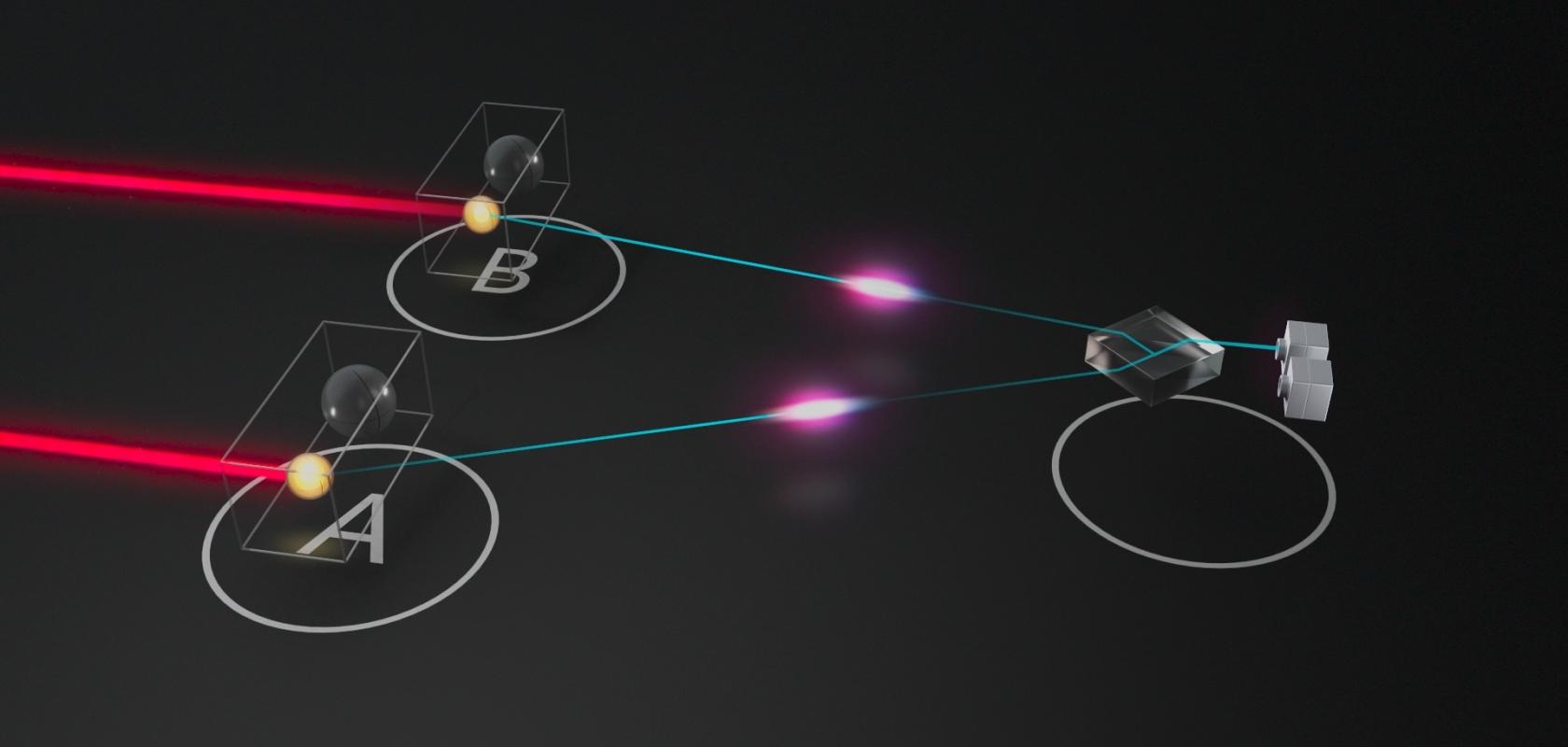Canada-based Photonic has demonstrated entanglement between two modules, demonstrating how an optically-linked silicon qubits architecture can tackle one of the primary limitations to large-scale quantum adoption – scalable entanglement distribution.
The achievement represents a milestone on the path to commercially relevant quantum systems, the company says, which opens avenues for transformative applications in fields such as materials science and drug discovery.
While many existing quantum architectures achieve entanglement within modules, Photonic has demonstrated entanglement between modules, or from module to module.
The firm’s approach is based on optically-linked silicon spin qubits with a native telecom networking interface, meaning that it can integrate with the infrastructure, platforms, and scale of today’s global telecommunications networks, including the Microsoft Azure cloud.
Three demonstrations, culminating in the teleported CNOT gate sequence, established and consumed distributed quantum entanglement – entanglement between qubits not adjacent to one another or even in the same cryostat.
“Large-scale quantum algorithms running across multiple quantum computers require enormous amounts of distributed entanglement to work well,” said Dr Stephanie Simmons, Founder and Chief Quantum Officer at Photonic. “These demonstrations highlight the promise of our distinctive architectural approach to solve the challenge of scaling beyond single nodes. While there is still much work ahead, it’s important to acknowledge the pivotal role that entanglement distribution must play in shaping quantum system designs.”
Last November, Microsoft announced a partnership with Photonic to co-innovate on quantum technologies. “These recent developments showcase a fundamental capability: entanglement distribution over long distances,” said Krysta Svore, Distinguished Engineer and Vice President of Advanced Quantum Development at Microsoft. “With these advancements, we’re progressing toward the next stages of networked quantum computing.”
Photonic's silicon spin qubits with optical photonic interconnects also hold the prospect of synergies in quantum communications and networking, explained David Shaw, Chief Analyst with Global Quantum Intelligence: “These recent demonstrations are evidence on the way forward. The future path to 200kHz for distributed entanglement with 99.8% fidelity is very striking,” he said. “This sets a new bar for quantum roadmaps that others will be under pressure to follow. This stands to accelerate the industry.”


